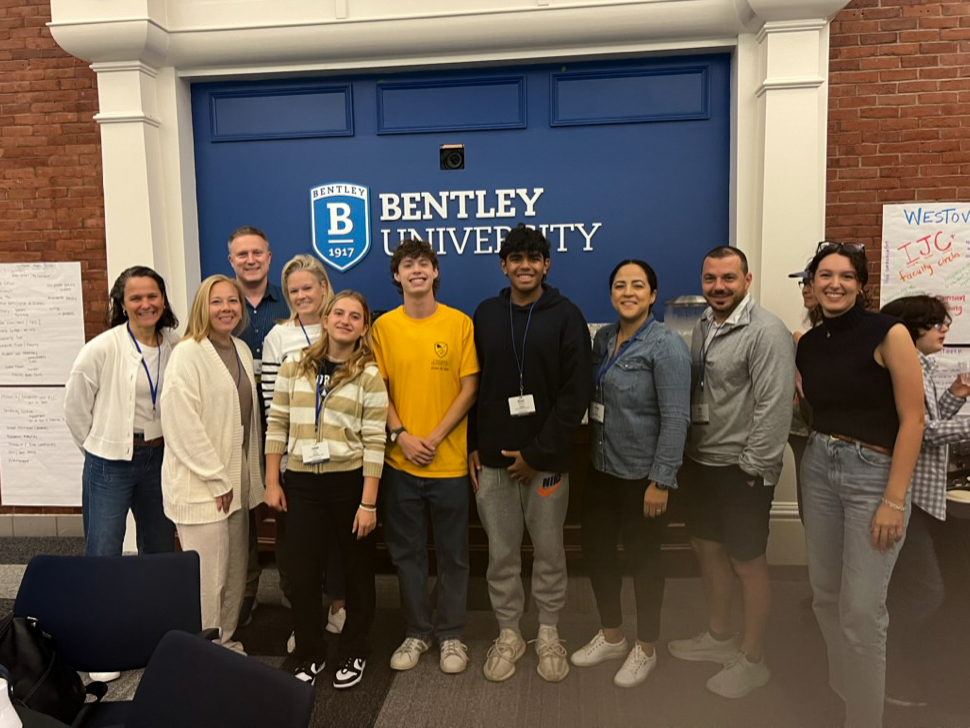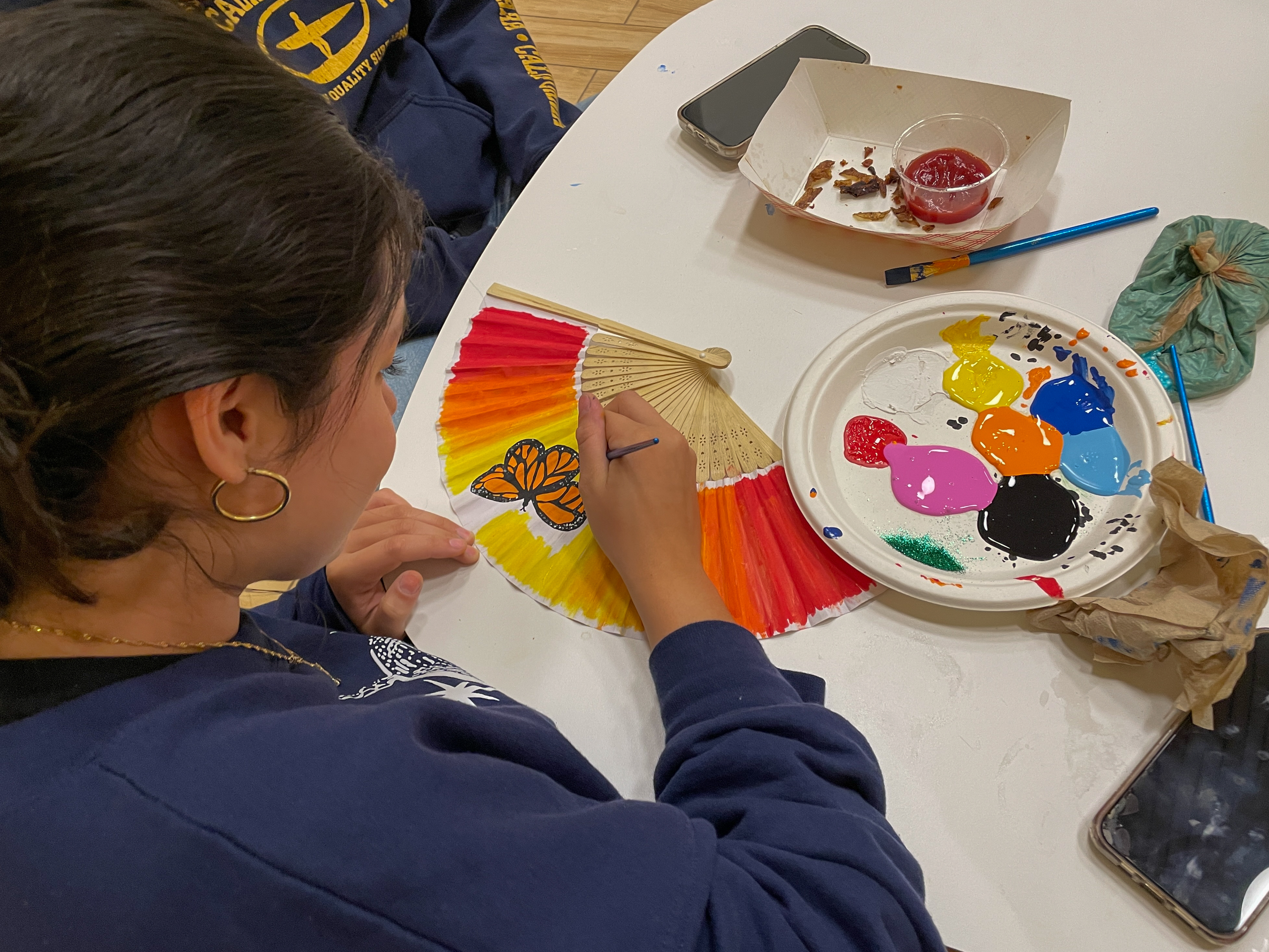With the commencement of the school year, students and teachers have been introduced to a new academic and afternoon schedule, changing the duration of class periods, as well as the times of afterschool activities and study hours. These changes are the result of careful consideration by members of the faculty, who aimed to put the wellbeing of the community at the forefront.
The new schedule’s 70-minute class periods were a concern to some students last year, who were unsure whether they could retain focus for such an extended period of time. However, many students have eased into the change, expressing how the time passes by quickly. Parth Mody ’19 explained, “Teachers just have more time to explain the material, and that makes doing homework clearer.”
Having longer class periods that meet fewer times in the week also allows students to better focus on the work they are preparing for the next day. Vincenzo DiNatale ’19 said, “The new schedule really permits individuals to get ahead on assignments, more so than what was possible in previous years. That is, rather than preparing for several classes each night, one only has to prepare for three or four, and he or she will have more time left for other things.”
Many teachers say that the new 70-minute classes are a challenge when figuring out the appropriate amount of material to get through. It also may be more difficult to prepare a 70-minute class that will keep the students engaged. However, many teachers decided to use the longer classes as a time for students to seek out individual help. Ms. Kim Norman, a math teacher, explained that allotted class time for practice problems has been a positive change to her math class. She said, “It allows students to have immediate and specific feedback about their progress in the classroom.”
This year, the Science Department faces a unique set of circumstances, in which 70-minute classes fall in between last year’s alternating 45-minute and 100-minute classes. As a result of this time switch, many of the labs had to be altered or shortened, especially if they were designed to take up the full 100-minute class period. Nevertheless, the consistent 70-minute classes allow for a lab to take place any time that the class meets. Mr. Will Morris, the Director of Student Life and a chemistry teacher, said that he is able to incorporate a hands-on activity almost every class and thus has a wider variety of activities in the classroom.
In addition to 70-minute classes, the new school year has a different afternoon structure for sports and after-school activities, as well as for study hours. This change was put together by a group of faculty members who considered the evening schedule as a whole. Since the new class schedule ends at 3:20, 25 minutes later than last year, the rest of the day was likewise shifted back. Faculty members carefully incorporated each aspect of student life into the rest of the day. The times for sports, ensembles, clubs, and dinner in the evening altered as a result.
The school day has been split up into quadrants: academic time, campus time, dorm time, and quiet time. Campus time for sports and clubs has been given an extra 30 minutes, and dorm time (aka study hours) shifted to 8:00 p.m. from its original time, 7:30 p.m. Additionally, the 30-minute study break, originally between 9:00 p.m. and 9:30 p.m., was altered for 3rd, 4th, and 5th formers. The reasoning, as Mr. Morris said, is that the study break was seen as “social time that was sandwiched in between what were supposed to be study times.” Having those evening hours without the study break allows for a better working environment in the dorms.
With these new changes, some students have noticed imperfections in the school day. Specifically, the new schedule’s sliding lunch blocks make the dining hall more crowded and the lines longer. While this change does make lunch more chaotic, it does make sure that each student actually has a lunch block and a chance to go to the dining hall. As Mr. Morris put it, “A rushed lunch is better than no lunch.”
Additionally, the new schedule has conference periods, when students are encouraged to meet with their teachers, that last only ten minutes, not including the surrounding passing periods. That’s 20 minutes shorter than last year. Proponents of the new schedule argue that, with more time in the actual classroom, longer conference periods aren’t needed. Most agree that the Choate community has done very well during its transition into the new schedule, and with time, the supposed imperfections will be dealt with sensibly. Ms. Norman said, “Change can be hard. Change can be uncomfortable. But change can be really positive.”





